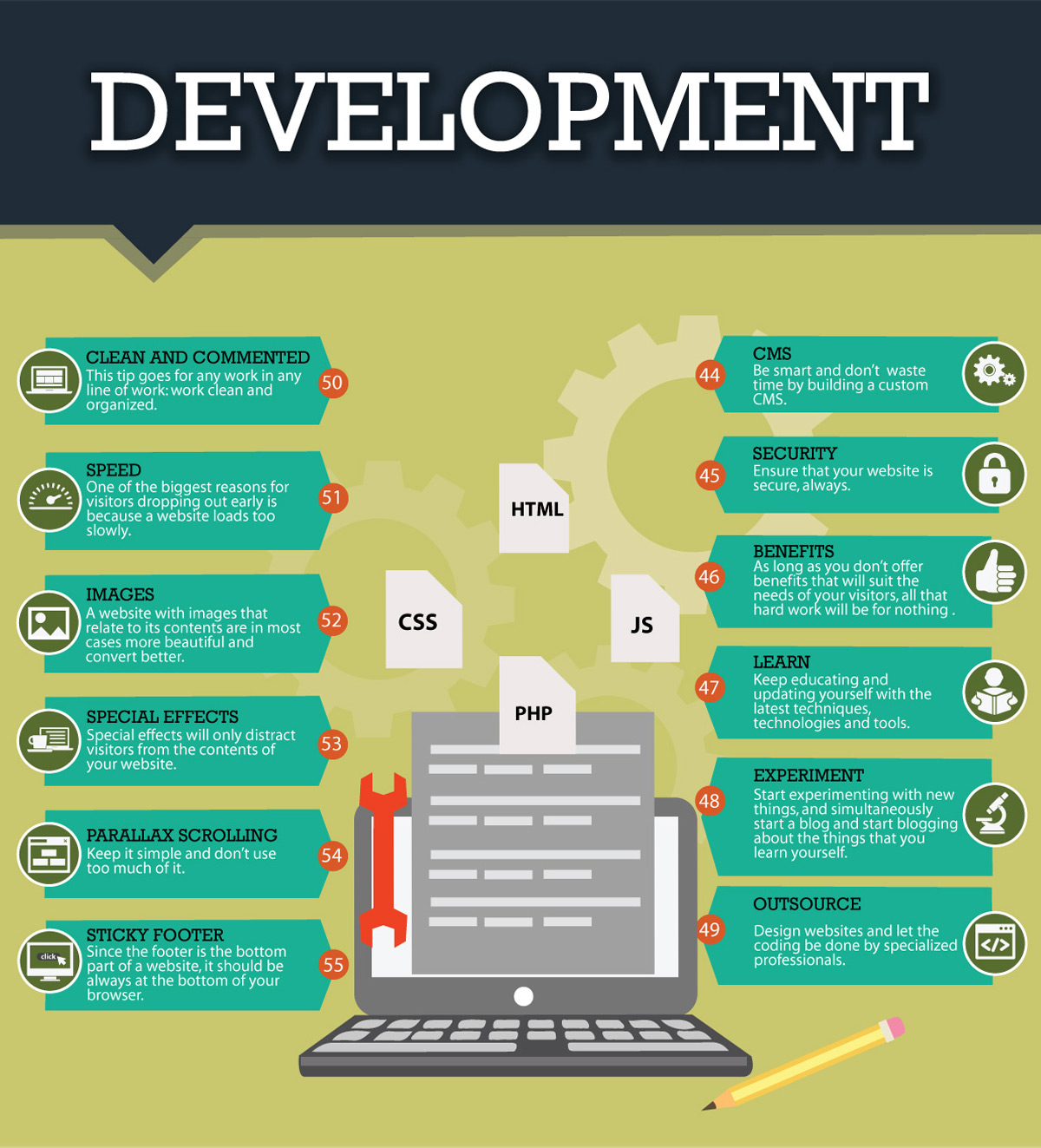Fascinated In Learning Just How Web Site Layout Has Progressed? Explore The Trip From Simple Layouts To User-Centric Techniques
Fascinated In Learning Just How Web Site Layout Has Progressed? Explore The Trip From Simple Layouts To User-Centric Techniques
Blog Article
Article By-Collier Singer
In the past, websites were straightforward and focused on info. Navigation was straight, and design was for desktop computers. Now, customer experience is crucial. Information overviews layouts for easy navigating. Receptive layouts match various tools. Today, dark setting reduces strain, and minimalist food selections improve navigating. Interactive functions involve users, and vibrant visuals attract attention. AI assimilation boosts involvement. See how style has actually progressed to improve your on the internet journey.
Very Early Days of Web Design
In the early days of web design, simplicity reigned supreme. Web sites were basic, with minimal shades, fonts, and formats. The emphasis got on supplying details rather than flashy visuals. Customers accessed the web through slow-moving dial-up links, so rate and functionality were crucial.
Navigating menus were straightforward, commonly located on top or side of the page. Websites were developed for home computer, as mobile browsing had not been yet common. Material was king, and designers focused on very easy readability over complex design elements.
HTML was the key coding language used, and developers needed to function within its restraints. Computer animations and interactive functions were marginal contrasted to today's criteria. Internet sites were static, with little vibrant web content or customized customer experiences.
Surge of User-Focused Layout
With the evolution of website design, a change in the direction of user-focused style principles has actually become progressively famous. Today, creating internet sites that prioritize user experience is important for involving site visitors and achieving company goals. User-focused design involves comprehending the needs, preferences, and behaviors of your target audience to tailor the web site's design, content, and features as necessary.
Designers currently conduct complete research, such as customer studies and use screening, to gather insights and feedback straight from individuals. This data-driven approach aids in developing instinctive navigation, clear calls-to-action, and aesthetically enticing interfaces that reverberate with visitors. By placing the customer at the facility of the style process, internet sites can deliver a much more personalized and delightful experience.
Receptive layout has additionally become a vital element of user-focused style, making sure that web sites are optimized for different tools and screen sizes. https://knoxlfatn.atualblog.com/35963140/regional-seo-vs-typical-search-engine-optimization-understanding-the-differences improves ease of access and functionality, satisfying the varied means individuals communicate with web sites today. In essence, the surge of user-focused style signifies a change towards developing electronic experiences that focus on the demands and expectations of completion user.
Modern Trends in Web Design
Discover the most up to date patterns forming website design today. One popular trend is dark setting style, supplying a streamlined and contemporary look while minimizing eye strain in low-light atmospheres. please click the following webpage is minimalist navigation, streamlining food selections and boosting customer experience by focusing on essential elements. Including micro-interactions, such as animated buttons or scrolling impacts, can develop an extra interesting and interactive website. Responsive design continues to be vital, making certain smooth customer experiences throughout different tools. Furthermore, utilizing bold typography and asymmetrical formats can add aesthetic rate of interest and draw attention to particular web content.
Incorporating AI modern technology, like chatbots for customer support or individualized suggestions, improves individual involvement and improves processes. Ease of search engine optimization website design has also become a considerable trend, with developers focusing on comprehensive design practices to deal with diverse individual requirements. Embracing sustainability by maximizing website performance for rate and performance is one more arising trend in website design. Teaming up with https://websitemarketingtools28406.mdkblog.com/35570662/boost-your-ppc-campaigns-by-making-use-of-efficient-keyword-research-strategies-that-will-change-your-advertising-efficiency-discover-more-today and data analytics to repeat and improve design constantly is vital for staying relevant in the ever-evolving electronic landscape. By accepting these modern fads, you can produce a visually attractive, user-friendly website that resonates with your target market.
Final thought
As you review the development of site style from the very early days to currently, you can see how user-focused style has actually come to be the driving pressure behind modern-day patterns.
Embrace the journey of modification and adjustment in web design, always keeping the individual experience at the leading edge.
Stay existing with the current patterns and technologies, and never quit progressing your strategy to develop visually magnificent and easy to use web sites.
Progress, adapt, and create - the future of website design remains in your hands.
